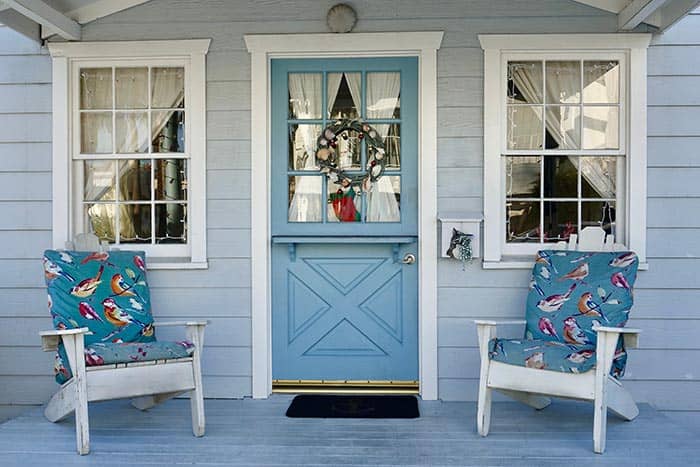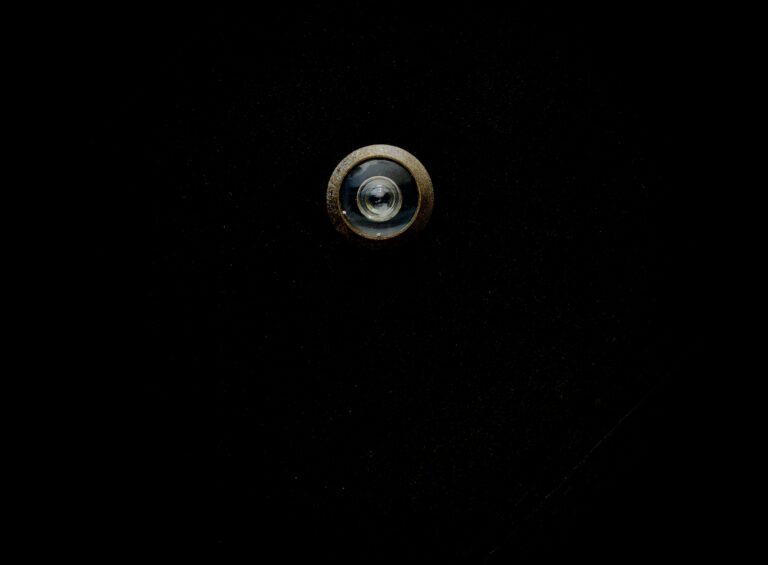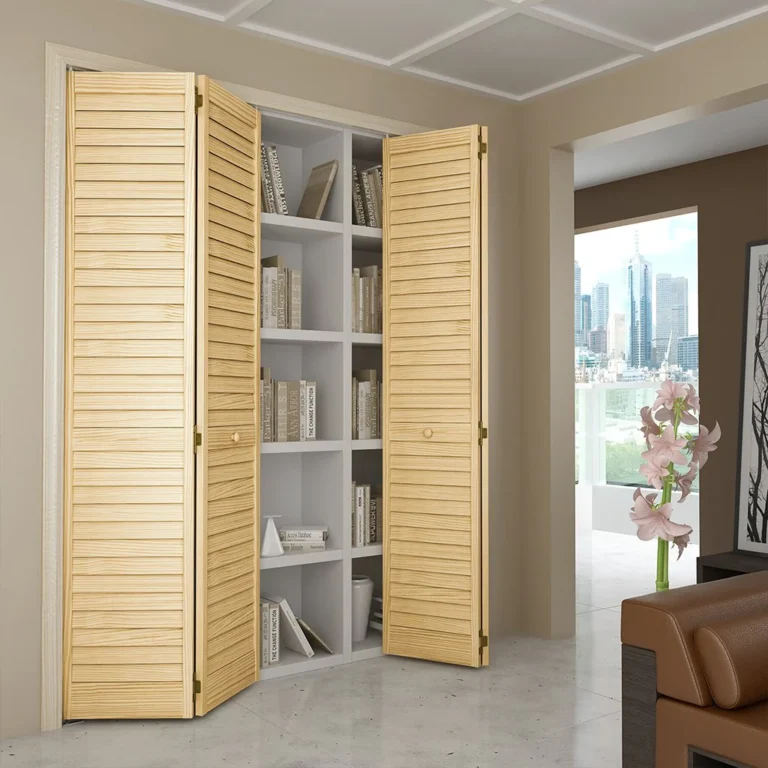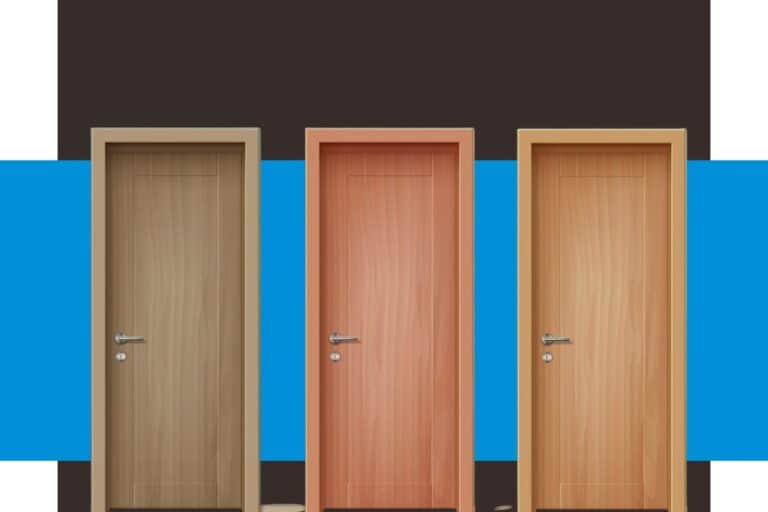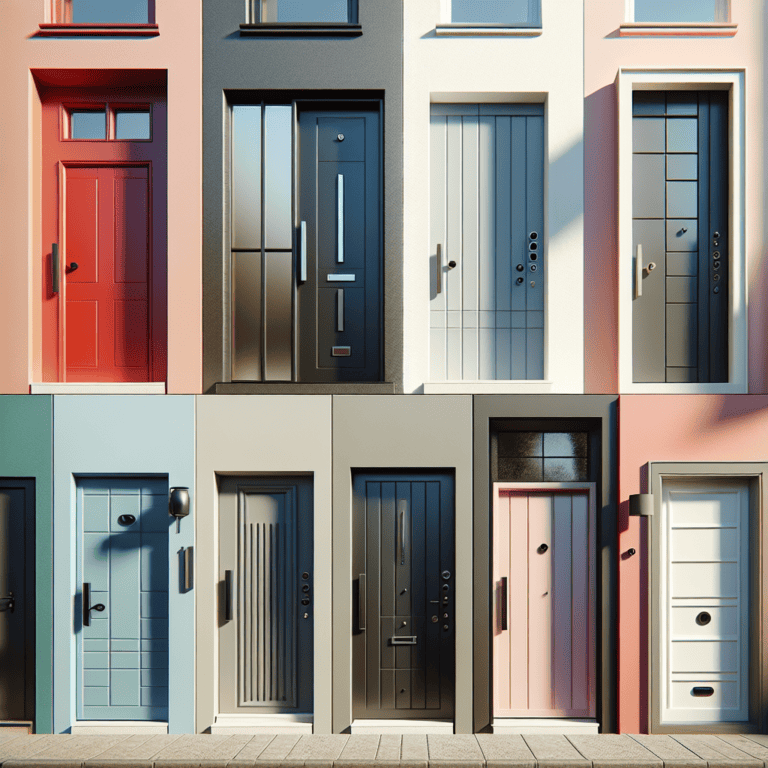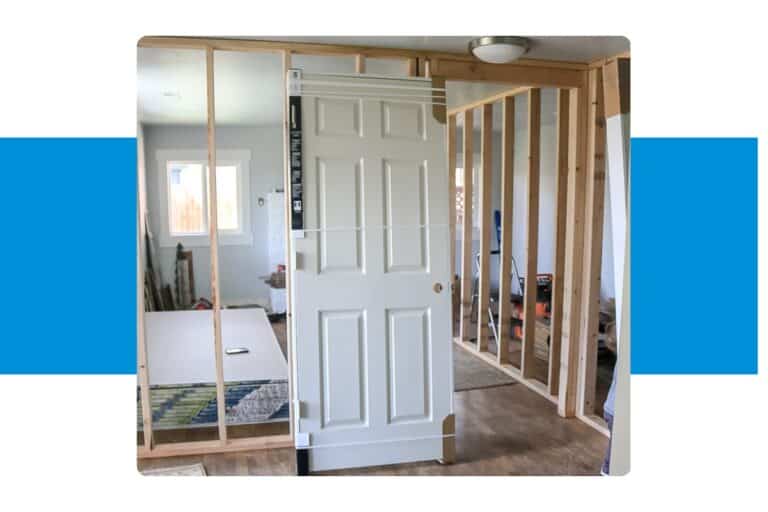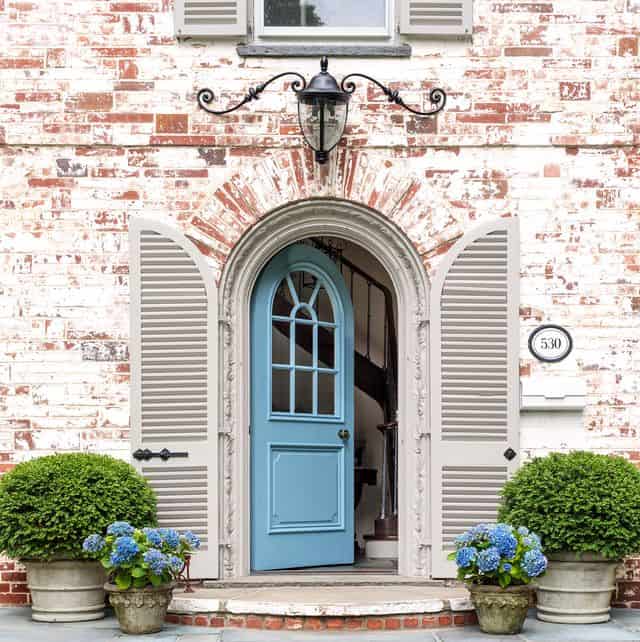Dutch Doors
Have you ever heard of Dutch Doors? These unique doors, once popular in Europe and the United States centuries ago, are making a comeback. Dutch doors, both interior and exterior types, are becoming increasingly popular for homes and commercial spaces. From design considerations to where they can be used effectively, let’s take a closer look at dutch doors to discover their benefits and potential applications around your home or business.
Table of Contents:
What are Dutch Doors?
Dutch doors, also known as stable doors or half-doors, have been around for centuries. They are a type of door with two halves – the top and bottom halves can be opened independently. The lower half is typically in the closed position, while the upper half is typically in the open position.
The design of Dutch doors dates back to colonial times in America where they were used in barns and stables due to their ability to provide ventilation while keeping livestock secure. Today, these unique doors are still popular in many homes across the country thanks to their versatility and charm.
Similar to barn doors, design considerations should be taken into account before installing a Dutch door – such as material selection (typically wood), hardware choices (hinges, locks, dutch door bolts), color options (paint or stain) – all which will affect both form and function of your new doorway feature.
Dutch doors have gained traction in recent years, not only in residential settings but also commercial spaces such as daycares, post offices, and libraries. Dutch doors also allow for communication while simultaneously still accounting for security of a room.
Another place you might find these distinctive entries is inside churches where split level designs often create interesting visual features that draw attention from parishioners & visitors alike.
In summary, Dutch Doors offer home and building owners numerous benefits ranging from added style points and enhanced ventilation capabilities all within one convenient package. It is no wonder why this classic look continues its reign as one of the most sought after front entrance solutions today. Let’s take a look at some of their benefits.
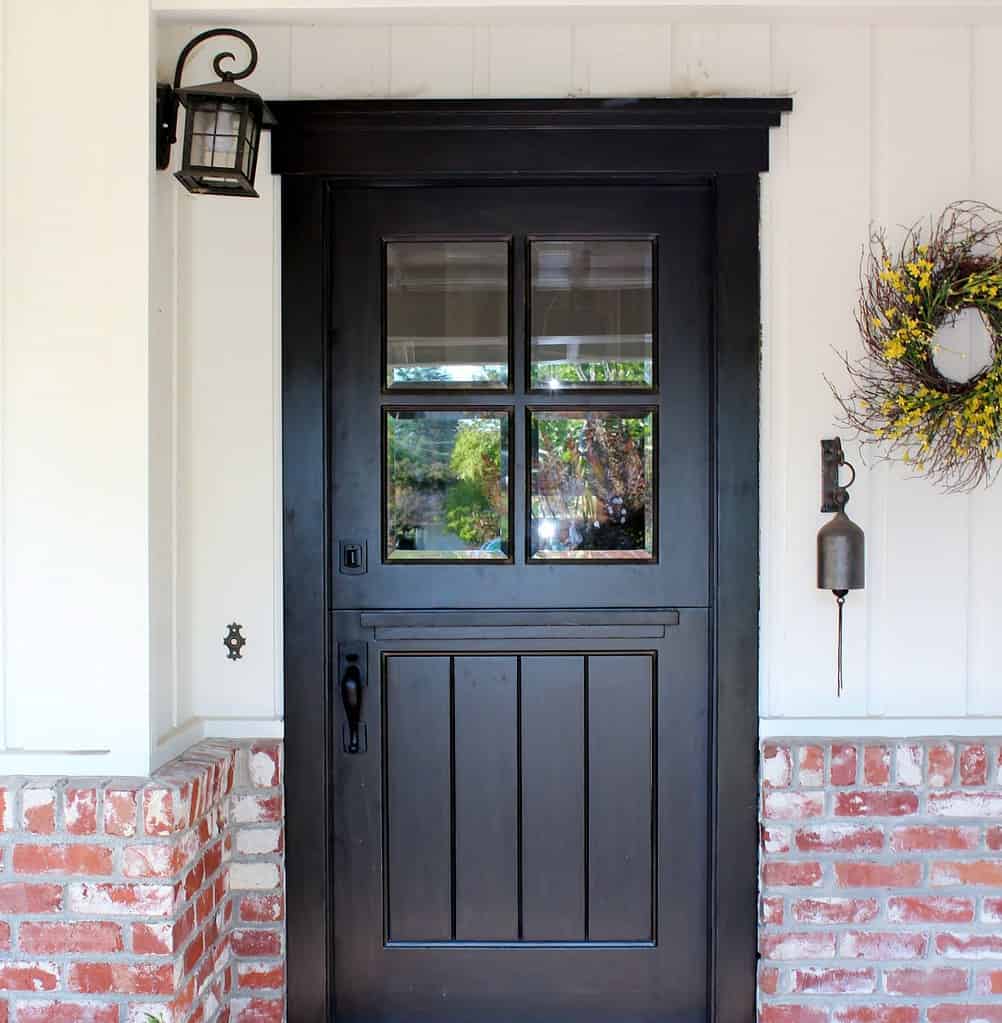
Benefits of Dutch Doors
1. Security
One benefit of Dutch doors is security. Using a dutch door allows an individual to communicate face to face with another individual without opening the door completely. A common example is a daycare facility where children are on the inside of the room and staff can communicate with parents or other people on the other side of the door without opening the door completely. This helps keep the children inside the room and keep the guest from easily accessing the room.
2. Pet Friendly
Dutch doors can be especially helpful for pet owners. By keeping the top half of the door open, pets can remain contained in a specific room while still being able to see and interact with their owners. This can help reduce anxiety and prevent destructive behaviors caused by separation. Additionally, Dutch doors can provide increased ventilation and improved air circulation throughout the home, which can be beneficial for pets that are sensitive to heat or odors. Overall, interior Dutch doors can be a functional and stylish way to keep pets safe and comfortable in a specific area of the home while still allowing them to interact with their owners.
3. Aesthetics
Dutch Doors provide enhanced aesthetics over other types of entryways because they give off a classic yet modern vibe that adds charm to any space whether it’s residential or commercial property. Plus they come in various colors so you can find one that matches your existing décor perfectly. Furthermore these types of doors look great with all kinds of accessories such as knockers & handles giving them an even more stylish look than standard entryways do.
4. Air Ventilation
Dutch doors are an excellent option for increasing ventilation in a home. The divided design of a Dutch door allows for the top half to be opened independently, which can create a natural airflow throughout a room or a home. This can be especially useful in warmer climates or during the summer months when air conditioning may not be sufficient. The ability to open just the top half of the door also provides a measure of privacy while still allowing for ventilation
5. Natural Light
Dutch doors are an excellent way to increase natural light in a home. The divided design of the door allows for the top half to remain open while the bottom half stays closed, providing a source of natural light that can be directed into a room. This can be especially useful in rooms with limited access to natural light, such as hallways or basements. In addition, Dutch doors can be designed with glass panels, allowing even more natural light to enter a space. Glass panels can be incorporated into the top half of the door, or even throughout the entire door, creating a stunning and functional feature that enhances the overall aesthetic of a home.
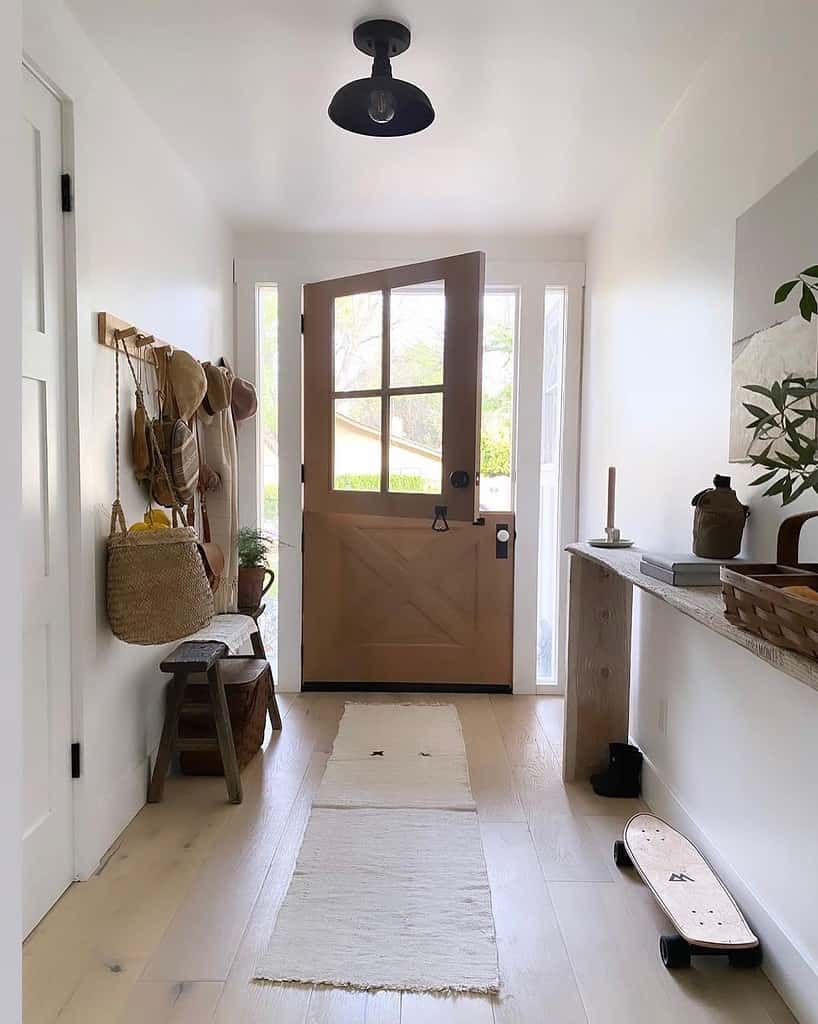
Are Dutch Doors in Style?
Dutch doors are becoming increasingly popular in the home design world. Originating from Dutch settlers who brought them to America centuries ago, dutch doors have a unique style that is perfect for adding a touch of historic charm to any home.
The hardware for dutch doors is similar to standard door hinges but it does require some additional parts like dutch door bolt so that when you close one half of the door, it will remain closed until you open it again with your key or handle. This ensures added security as well as convenience if you don’t want people entering without your permission.
Today, many homeowners are opting for exterior dutch doors as part of their home design. These stylish options add character to homes that often feature white picket fences around them and bring back memories of days gone by when life was simpler yet more meaningful at times too. Exterior dutch doors can also be used in other areas such as laundry or mud rooms where they provide ventilation while still providing privacy and security from intruders since only one-half needs to be opened at any given time.
Overall, there is no doubt that these classic looking fixtures have become quite fashionable once again due to their versatility and functionality in today’s modern world. Whether used indoors or outdoors, installing a dutch door adds instant curb appeal plus added value should you ever decide to sell down the road.
Make an Existing Door a Dutch Door
If you want to convert an existing door into a Dutch door, it can be a relatively straightforward project that you can do yourself. The first step is to remove the door from its hinges and lay it flat on a work surface. Then, you will need to measure and mark where you want to cut the door to create the Dutch door split. Typically, the split should be at or slightly above the center point of the door. Use a saw to cut the door along the marked line, and then sand the edges smooth.
The next step is to determine the hardware you will need for the Dutch door. This will include hinges for both the top and bottom halves of the door, as well as a latch or lock to keep the two halves together when closed. You should choose hardware that is sturdy and reliable to ensure the door functions properly and is secure.
Once you have the necessary hardware, you can install it on the door, following the manufacturer’s instructions. It is important to ensure that the hinges and latch or lock are securely attached to the door to prevent any accidents or security issues.
If desired, you can also paint or stain the door to match your existing decor. This can help create a cohesive look throughout your home.
Overall, converting an existing door into a Dutch door can be a fun and rewarding project that allows you to add a unique and functional feature to your home. With a few tools and some basic know-how, you can easily transform a standard door into a stylish and practical Dutch door.
To learn more on how to create a dutch door, check out this video by Ask This Old House.
Conclusion
Dutch doors have been around for centuries, and they remain a popular choice today. They are an excellent option to consider if you want the convenience of being able to open just the top or bottom half while still providing security. Dutch doors can be used in homes as well as businesses, with many design options available to fit any aesthetic. Whether you’re looking for something modern or classic, dutch doors offer both style and functionality that make them worth considering when planning your next renovation project.
